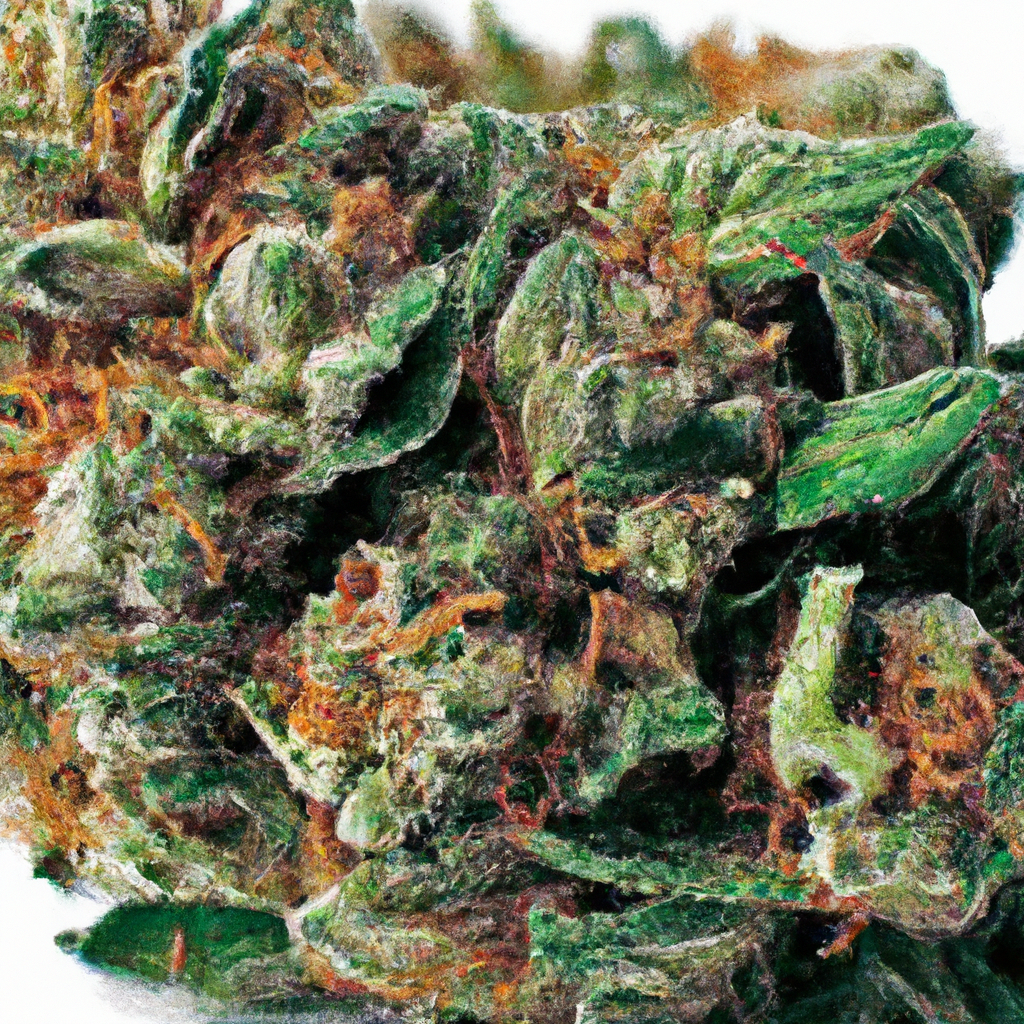Your cart is currently empty!
The world of cannabis is filled with delightful strains that captivate the senses, but Candy Crush Kush stands out as a particularly enchanting variety. Known for its sweet aroma and serene effects, this strain has garnered a loyal following among both recreational and medicinal users. In this strain profile, we’ll explore its genetics, appearance, aroma, effects, and cultivation tips to help you understand what makes Candy Crush Kush so special.
Genetics and Appearance
Candy Crush Kush is a balanced hybrid strain with a lineage that includes the popular Hindu Kush. This results in a plant that offers the best traits of both indica and sativa varieties. The buds are dense and chunky, adorned with a sparkling resin coat that accentuates its striking purple and green hues. These visual characteristics make Candy Crush Kush a favorite among cultivators looking to grow a strain with aesthetic appeal.
Aroma and Flavor Profile
If you have a penchant for sweet aromas, Candy Crush Kush is sure to please. It releases a candy-like scent with hints of berries and floral undertones. On inhalation, users enjoy a sweet and earthy flavor with a touch of spice, making it a delightful choice for those with a sweet tooth.
Effects and Therapeutic Benefits
Candy Crush Kush offers a balanced experience that combines euphoria with relaxation. Users report feeling uplifted and sociable while remaining relaxed and at ease. This makes it perfect for social gatherings or winding down after a stressful day. Medically, the strain’s calming effects provide relief for those dealing with anxiety, stress, and mild pain, offering both mental and physical respite.
Cultivation Tips
For cultivators, Candy Crush Kush presents a satisfying yet manageable challenge. Here are some growing tips:
- Climate: Prefers a warm and sunny climate but can adapt to indoor environments with controlled conditions.
- Flowering Time: Expect a relatively short flowering period of 8-9 weeks.
- Growth Techniques: Responds well to low-stress training (LST) and topping to maximize yield potential.
- Pest Management: Keep an eye out for pests and mold, especially in humid conditions. Integrated pest management techniques can be beneficial.


Leave a Reply